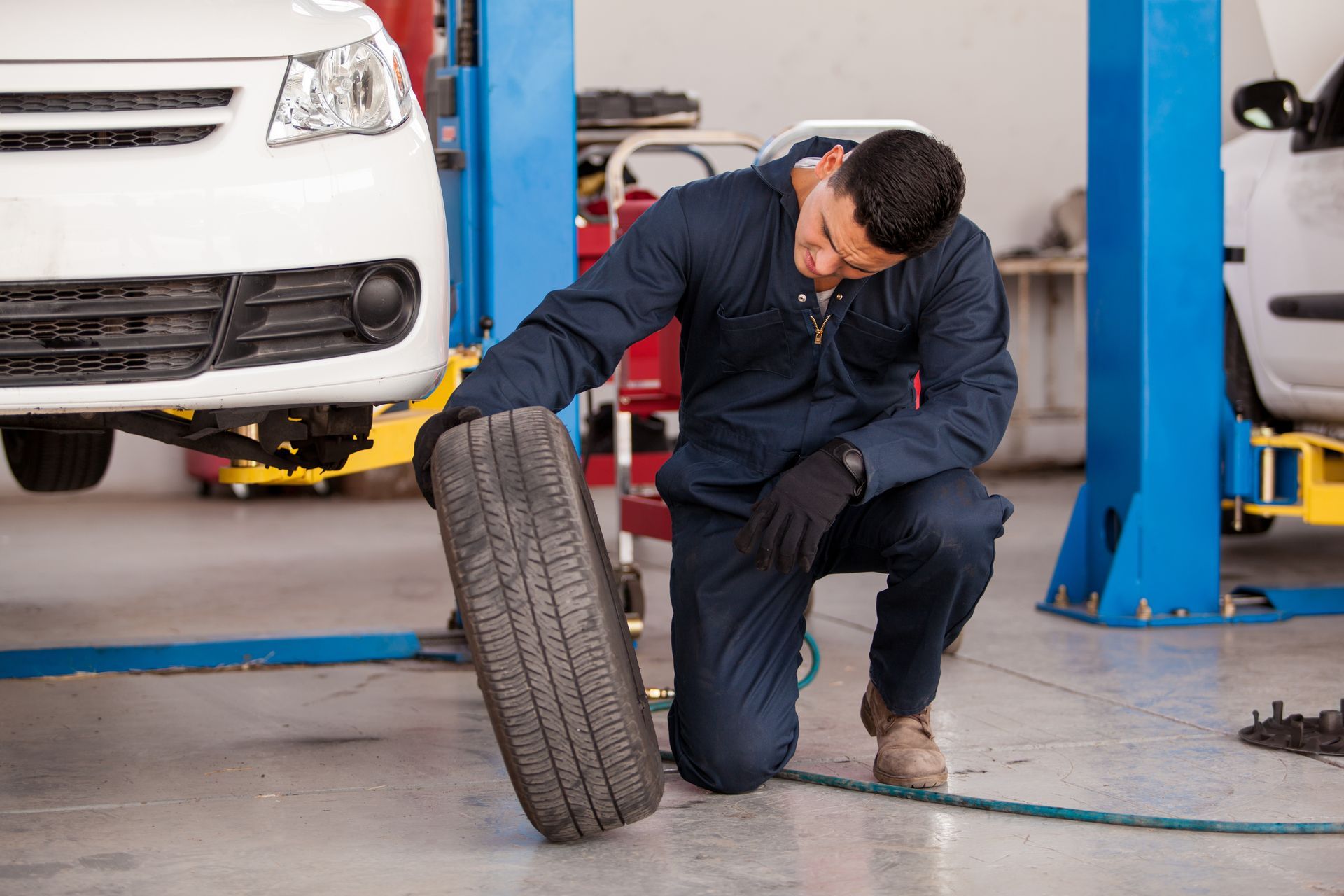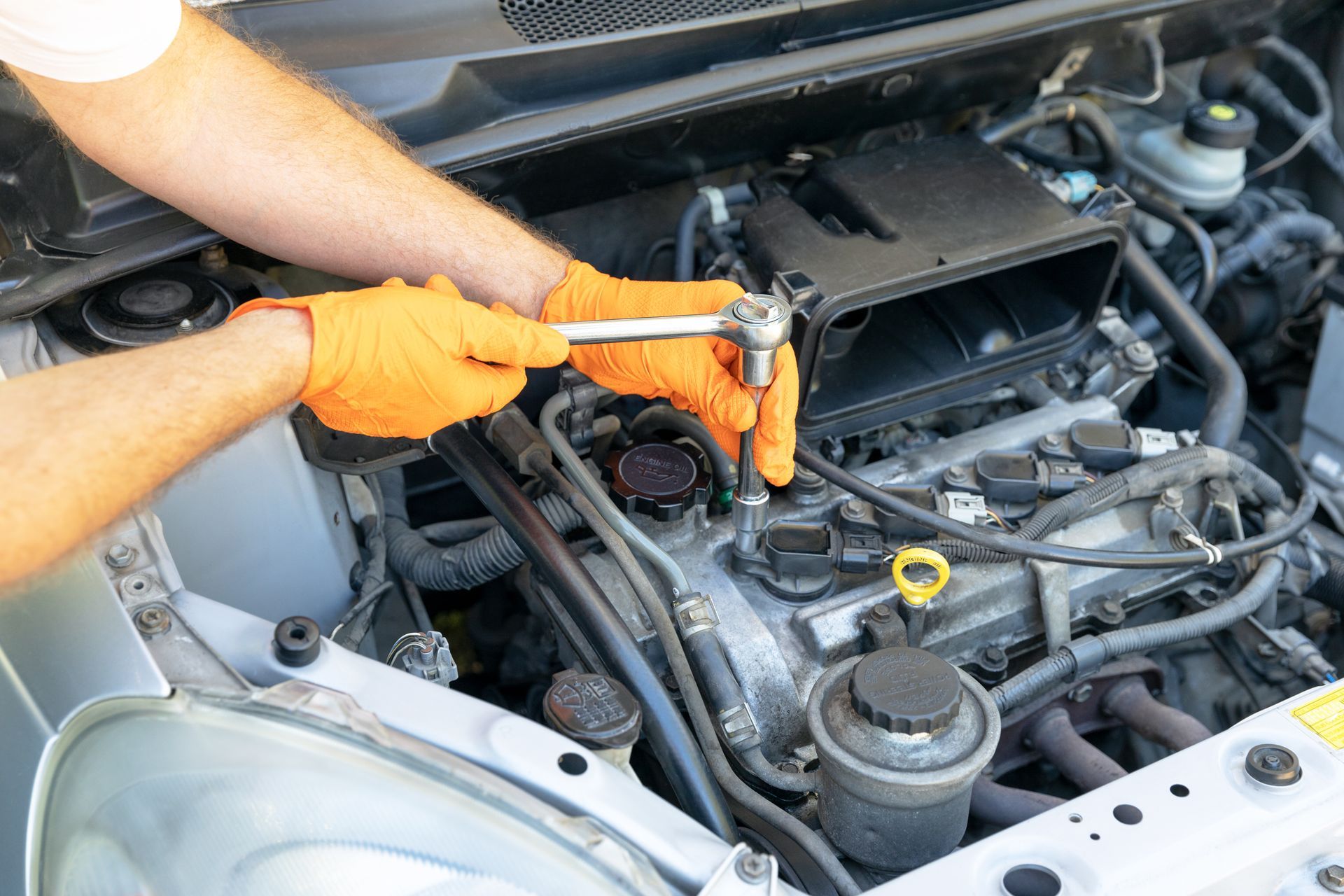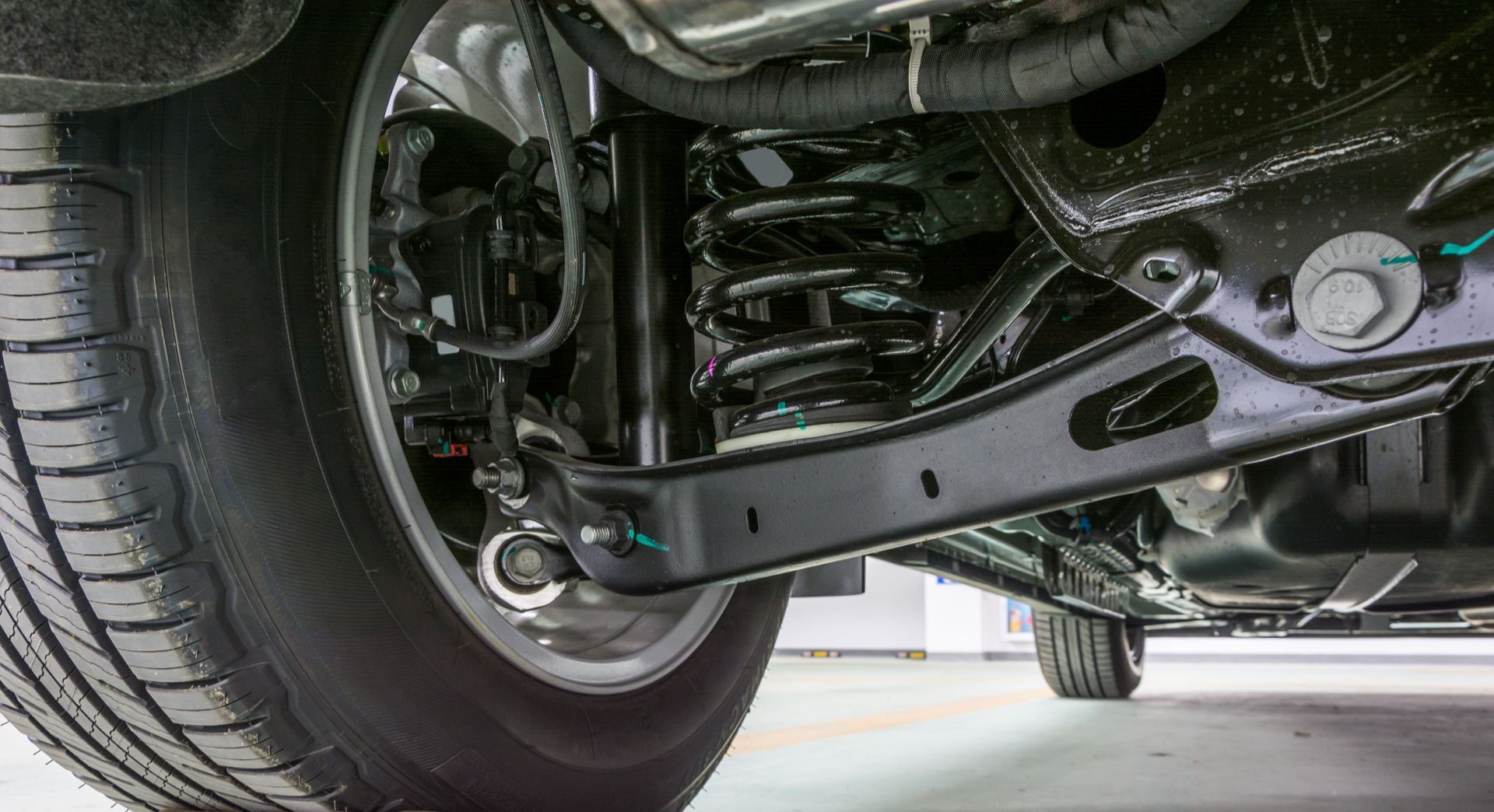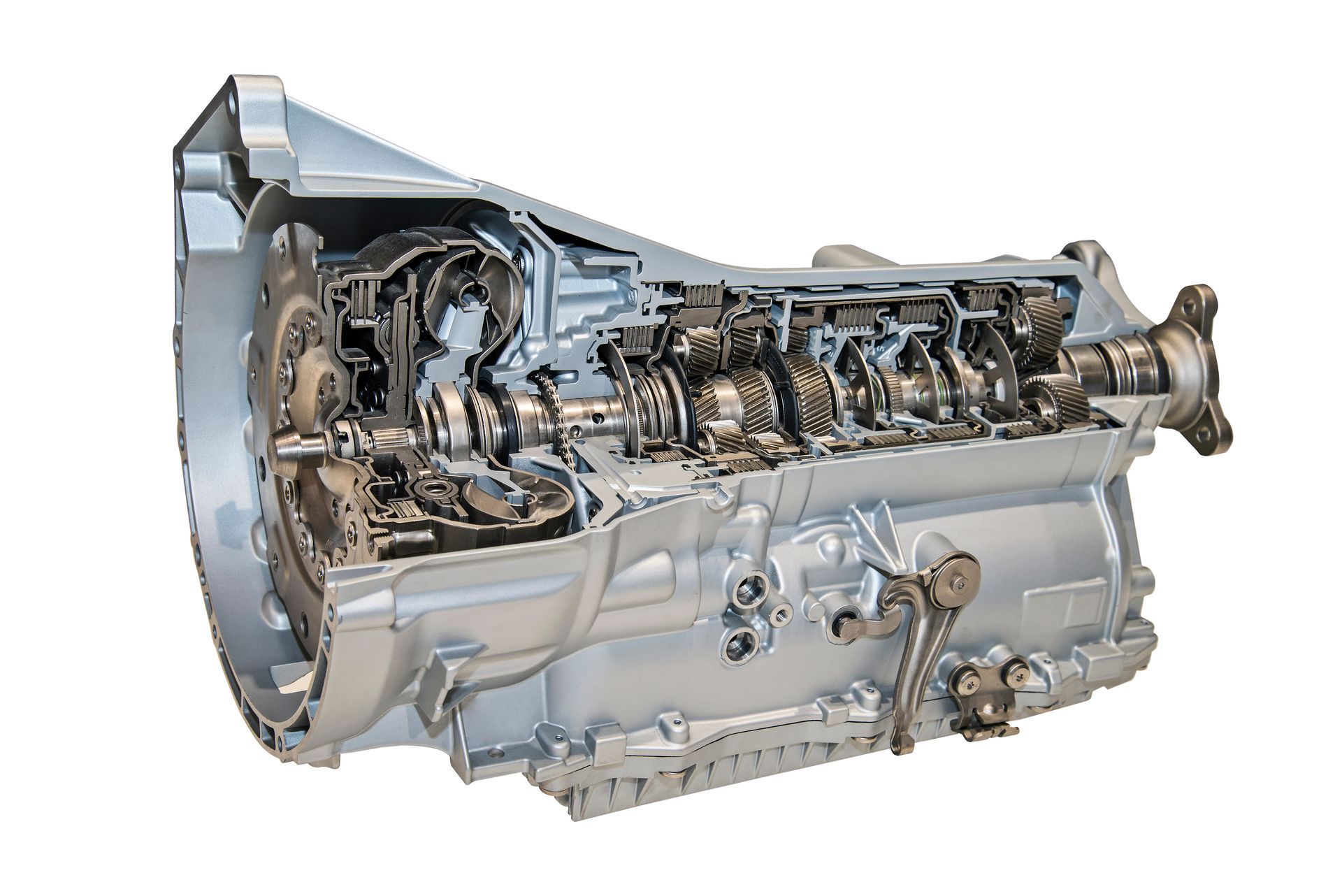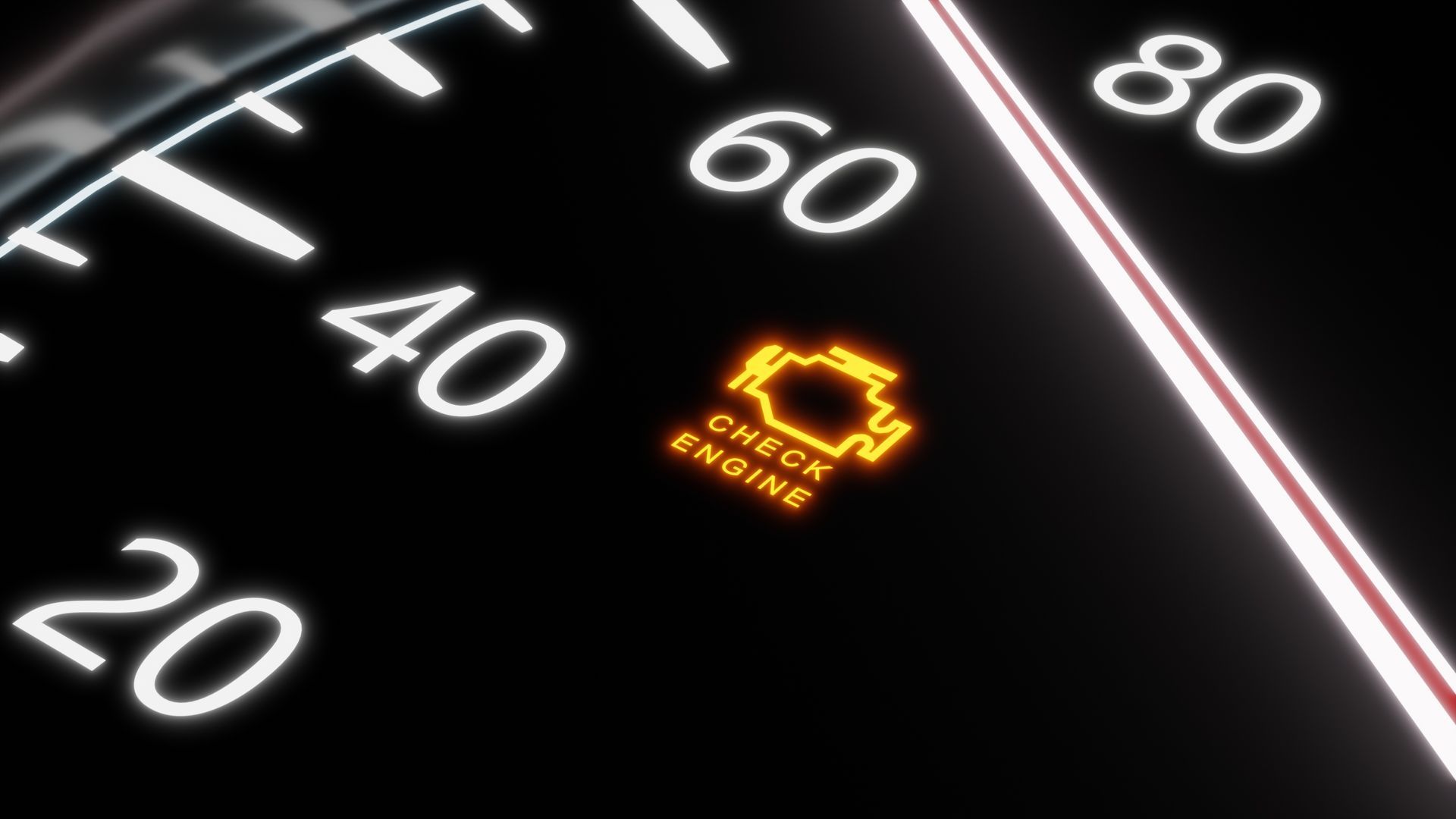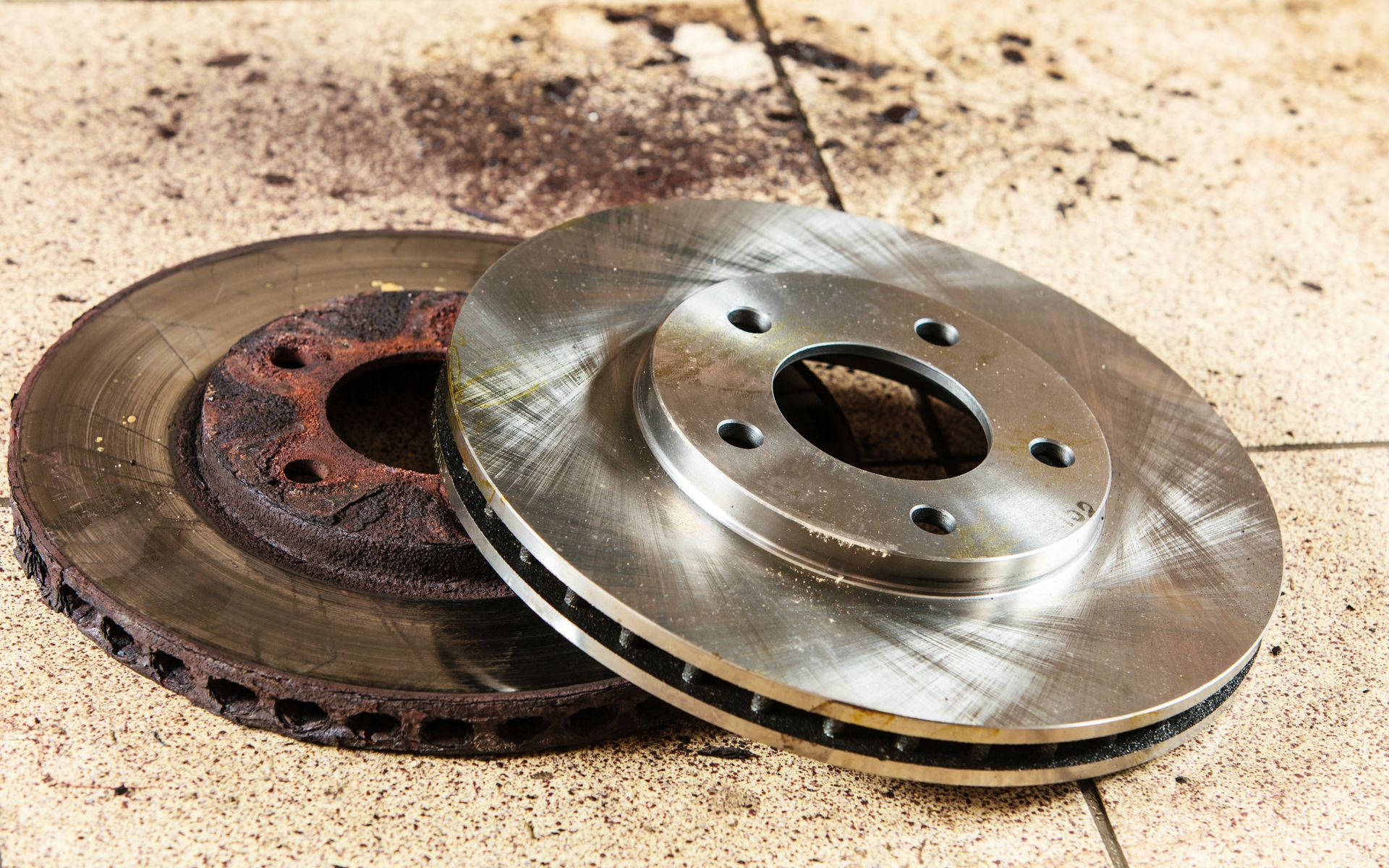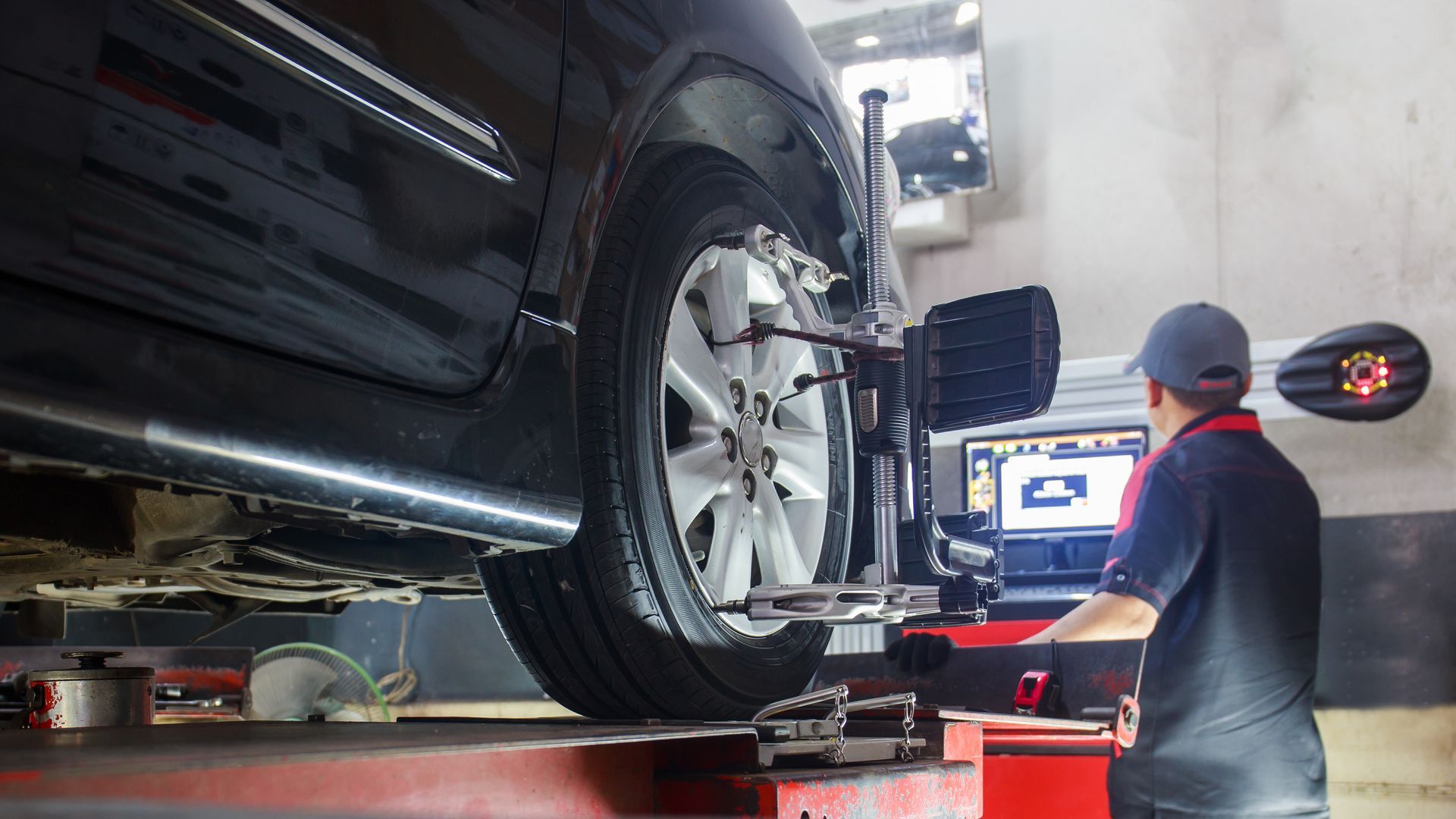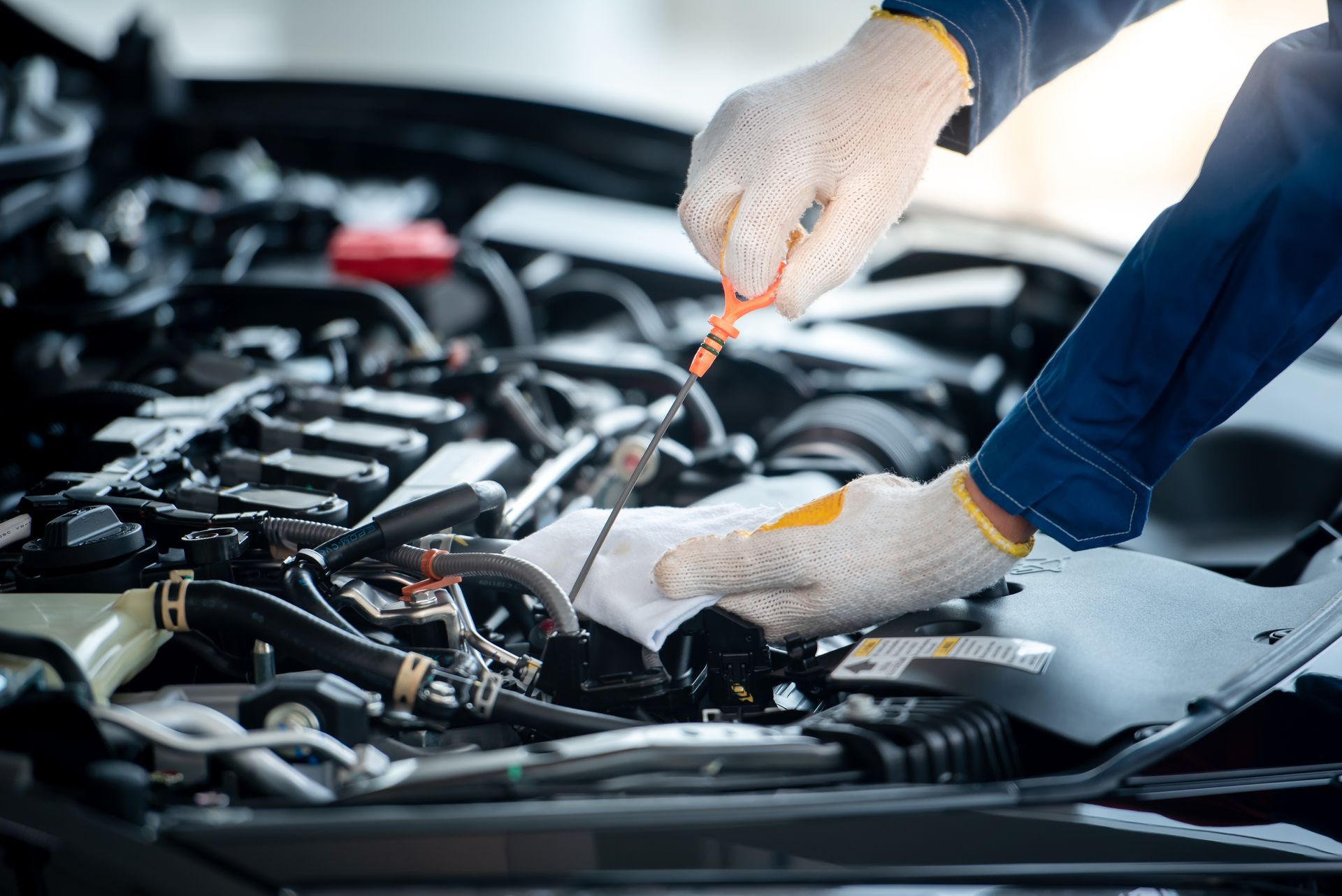Loading ...
Missing business hours data / Error occurred while getting the data.
Loading ...
Missing business hours data / Error occurred while getting the data.
Why Is My Car Leaking Fluid When I Turn the Steering Wheel?
February 28, 2025
Noticing a fluid leak from your car is never a good sign, but when it happens while turning the steering wheel, it’s a clear indication that something isn’t right. Power steering systems rely on fluid to help you steer with ease, and any leaks can make turning difficult, increase wear on components, and even lead to system failure if ignored. So, what causes a car to leak fluid when turning the wheel, and what can you do to fix it? Let’s go over the possible causes and why you shouldn’t wait to address the issue.
Common Causes of Fluid Leaks When Turning
Leaking fluid while steering can result from several issues, most of which are related to the power steering system. Since power steering relies on hydraulic pressure, even a small leak can quickly turn into a major problem.
Worn or Damaged Power Steering Hoses
Power steering fluid circulates through high-pressure hoses that connect the pump to the steering gear or rack. These hoses experience wear over time due to exposure to heat, pressure, and vibrations. If a hose develops cracks or becomes loose at the fittings, fluid can leak out, especially when turning the wheel.
If you notice a reddish or amber-colored puddle under your car, particularly near the front wheels, a leaking power steering hose may be the culprit. Replacing a damaged hose is crucial to prevent further fluid loss and potential steering failure.
Failing Power Steering Pump
The power steering pump plays a crucial role in generating hydraulic pressure. If it starts to fail, it can develop leaks around the seals or the pump housing. You may also hear whining or groaning noises when turning the wheel, which indicates the pump is struggling to maintain proper fluid pressure.
Ignoring a failing power steering pump can lead to steering difficulties and even complete system failure. If fluid is leaking from the pump, it will need to be repaired or replaced before more damage occurs.
Damaged Steering Rack or Gearbox
The steering rack (or gearbox in older vehicles) is another component that can develop leaks. It receives pressurized fluid from the pump and helps move the wheels in response to steering inputs. Over time, seals within the rack can deteriorate, allowing fluid to escape.
A leaking steering rack may cause stiff or inconsistent steering, particularly at low speeds. Since replacing a rack can be a complex and costly repair, it’s best to catch the problem early to avoid additional damage to other components.
Loose or Worn-Out Seals
Power steering systems rely on multiple seals to keep fluid contained. These seals can wear out due to heat exposure, age, or contaminants in the fluid. If seals around the steering pump, rack, or hose connections fail, fluid can begin to seep out.
Seals cannot typically be repaired, so replacement is the best option when they start to fail. Keeping up with regular fluid changes helps reduce wear on seals by preventing contaminants from accumulating in the system.
How to Diagnose a Steering Fluid Leak
If you suspect your car is leaking fluid when you turn the wheel, diagnosing the issue early can prevent costly repairs. Here’s what you can do:
- Check for Puddles Under the Car – Look for red, pink, or amber-colored fluid pooling under the vehicle, particularly near the front wheels or beneath the engine bay.
- Inspect the Power Steering Fluid Reservoir – Low fluid levels in the reservoir are a strong sign of a leak. If you constantly need to top off the fluid, there’s a problem that needs attention.
- Listen for Unusual Noises – A whining or groaning sound when turning the wheel indicates that the power steering pump is struggling due to low fluid levels.
- Feel for Stiff or Heavy Steering – If the wheel becomes harder to turn, the system may be losing pressure from a leak.
How to Prevent Power Steering Leaks
Regular maintenance is key to preventing power steering leaks and ensuring your system functions properly. Here are some steps to help keep your steering system in good shape:
- Check Power Steering Fluid Regularly – Monitoring fluid levels and condition can help catch small leaks before they become serious.
- Use the Correct Fluid – Always use the manufacturer-recommended power steering fluid to prevent seal deterioration and performance issues.
- Inspect Hoses and Seals Periodically – Checking for signs of wear, cracks, or leaks in hoses and seals can prevent unexpected failures.
- Flush the System as Needed – Over time, fluid can become contaminated with debris, which can cause seals and internal components to wear out faster. Flushing the system at the recommended intervals helps prolong its lifespan.
Steering problems?
AFA Service & Repair in Summerville, SC, can diagnose and fix your power steering leaks before they cause major issues. Call today to schedule an appointment!
Loading ...
Missing business hours data / Error occurred while getting the data.
having trouble finding us?
Loading ...
Missing nap lines data / Error occured while getting the data.

